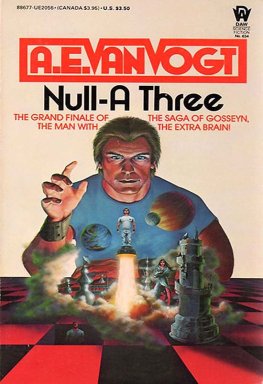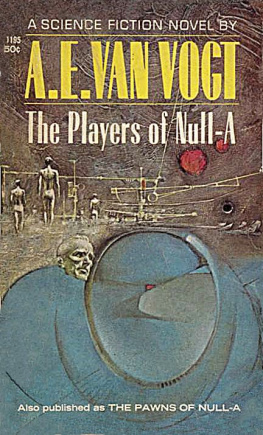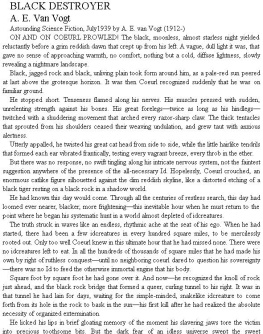Vogt Brent A. - Cingulate Cortex
Here you can read online Vogt Brent A. - Cingulate Cortex full text of the book (entire story) in english for free. Download pdf and epub, get meaning, cover and reviews about this ebook. year: 2019, publisher: Elsevier, genre: Home and family. Description of the work, (preface) as well as reviews are available. Best literature library LitArk.com created for fans of good reading and offers a wide selection of genres:
Romance novel
Science fiction
Adventure
Detective
Science
History
Home and family
Prose
Art
Politics
Computer
Non-fiction
Religion
Business
Children
Humor
Choose a favorite category and find really read worthwhile books. Enjoy immersion in the world of imagination, feel the emotions of the characters or learn something new for yourself, make an fascinating discovery.

- Book:Cingulate Cortex
- Author:
- Publisher:Elsevier
- Genre:
- Year:2019
- Rating:3 / 5
- Favourites:Add to favourites
- Your mark:
- 60
- 1
- 2
- 3
- 4
- 5
Cingulate Cortex: summary, description and annotation
We offer to read an annotation, description, summary or preface (depends on what the author of the book "Cingulate Cortex" wrote himself). If you haven't found the necessary information about the book — write in the comments, we will try to find it.
Cingulate Cortex — read online for free the complete book (whole text) full work
Below is the text of the book, divided by pages. System saving the place of the last page read, allows you to conveniently read the book "Cingulate Cortex" online for free, without having to search again every time where you left off. Put a bookmark, and you can go to the page where you finished reading at any time.
Font size:
Interval:
Bookmark:
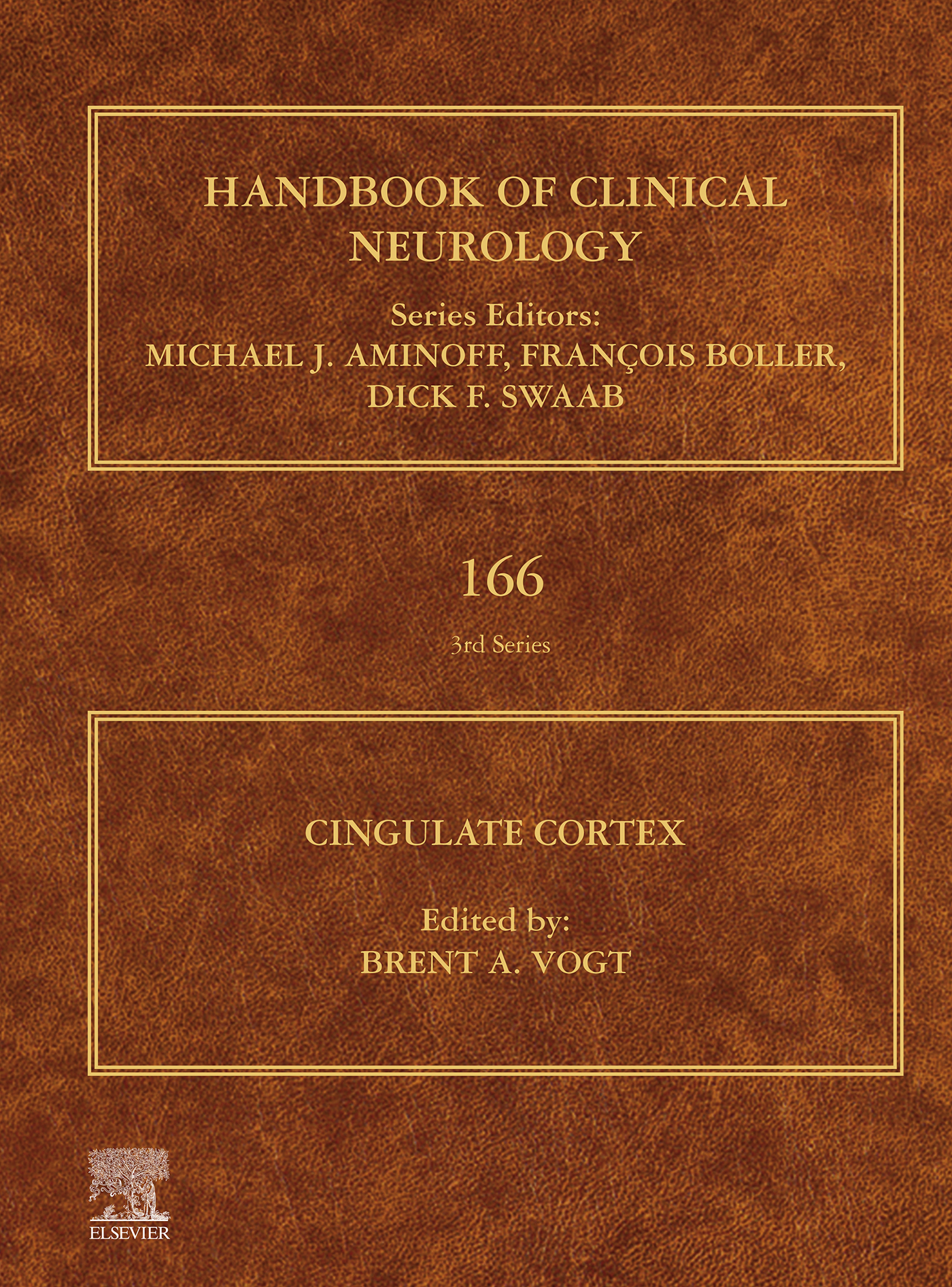
First Edition
Series Editors
Michael J. Aminoff
Franois Boller
Dick F. Swaab
Volume Editor
Brent A. Vogt


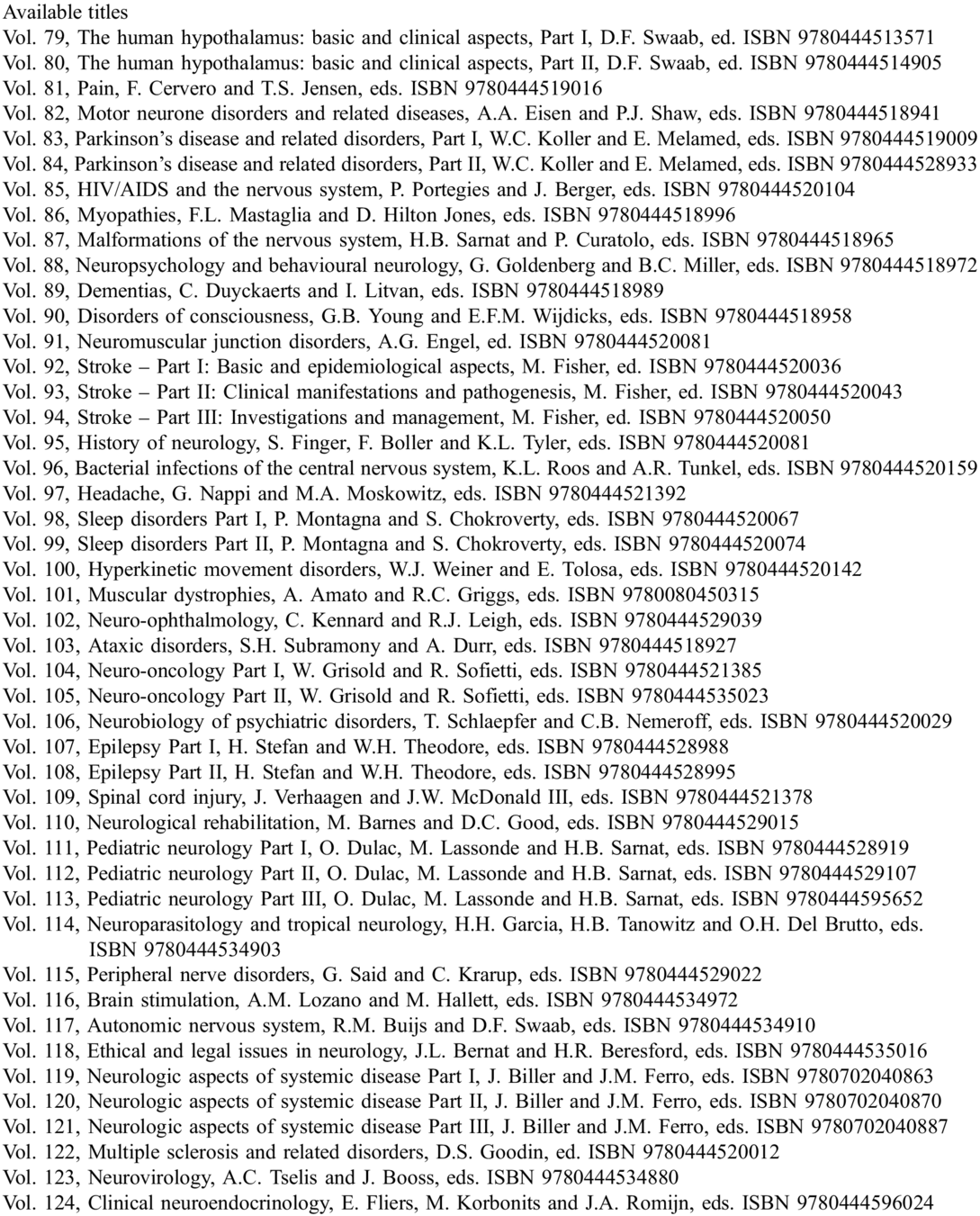

Michael J. Aminoff
Franois Boller
Dick F. Swaab
Some volumes of the Handbook of Clinical Neurology (HCN) focus on a specific disease, such as Huntington or Parkinson disease or multiple sclerosis. Others focus on a given subdiscipline such as epidemiology, oncology, or neuropathology. Some volumes deal with a specific anatomic structure such as the hypothalamus or cerebellum and, more recently, the parietal, frontal, and temporal lobes. This is the case for the present volume, which is dedicated to the cingulate cortex.
The cingulate cortex has an illustrious history, having first been investigated by Paul Broca and later by prominent researchers in the field of emotions. It plays a major role in many conditions, yet it has received relatively little attention in standard textbooks. This is probably because pathologies on which clinico-anatomical conclusions are drawn (such as strokes, traumas, and tumors) rarely affect it in its entirety or in isolation. Thanks in great part to the introduction of functional imaging techniques, however, the cingulate cortex has recently emerged as a primary site of interest in structural and functional analysis of many neurologic and psychiatric diseases including schizophrenia, depression, and bipolar disorder, as well as in many cognitive processes.
The first section of the volume presents an overview of the anatomy of the cingulate cortex and its role in autonomic functions, in orientation, and in various aspects of emotion and memory. The next section further explores its role in large-scale networks, particularly those dealing with emotional awareness and spatial neglect; an additional chapter explores the impact of mild brain injuries on its functions. The final section illustrates the role of the cingulate cortex on movement disorders, attention deficit-hyperactivity disorder, posttraumatic stress disorder, depression, and mild cognitive impairment. The section also explores in detail the role of the cingulate cortex in chronic pain. Finally, emphasis is given to treatment, both pharmacologic and nonpharmacologic (hypnosis and meditation).
We have been fortunate to have as volume editor Dr. Brent A. Vogt of the Cingulum Neurosciences Institute and Department of Anatomy and Neurobiology, Boston University School of Medicine. He has assembled an outstanding group of authors with acknowledged expertise to produce this encyclopedic volume. Its availability electronically on Elsevier's Science Direct site as well as in print format should ensure its ready accessibility and facilitate searches for specific information.
We are grateful to the volume editor and to all the contributors for their efforts in creating such an invaluable resource. We believe that both clinicians and researchers in many different disciplines will find much in this volume to appeal to them.
As always, we thank Elsevier, the publisher of the Handbook , and, in particular, Michael Parkinson in Scotland, Nikki Levy and Kristi Anderson in San Diego, and Sujatha Thirugnana Sambandam in Chennai for their unfailing and expert assistance in the development and production of this volume.
Brent A. Vogt, PhD
Over the past few decades the cingulate cortex has become a major focus of interest due to its frequent activation in fMRI studies as well as in structural imaging of various alterations associated with many neurologic and psychiatric disorders. We have entered the phase of cingulate research where data from these voluminous studies now need to be consolidated into coherent biological models to explain structure/function relationships.
This volume emerged from a symposium in Marseilles, France, on January 2628, 2017, titled Cingulum Maladies Neurodegeneratives. In order to consolidate the wide range of human functional and structural findings for this book, a common and consistent nomenclature is presented in the first chapter outlining the eight-subregion model of the cingulate cortex. As there is no clear distinction between neurologic and psychiatric diseases, particularly in the cingulate cortex, examples of both are presented. The most consistent claim about the function of the cingulate cortex is its role in attention and there is a chapter thereon. However, it is involved in many other functions including sensorimotor, cognitive decision making, emotional awareness, spatial orientation, and hypnosis, each of which are considered herein. Finally, much new information is provided on mild traumatic brain injury, catatonia, functional neurologic disorders, Parkinson's dementia, premild cognitive impairment, attention-deficit/hyperactivity disorder, chronic stress, and depression as it is observed in neurologic disorders.
What I continue to find while editing this volume and many journal articles is that investigators think in terms of labels based on imaging coordinates and Brodmann's nomenclature. This is a substantially superficial view of the cingulate cortex. This view has led to the notion of the dorsal anterior cingulate cortex (dACC). The dACC does not exist as discussed in the first chapter. This means that this label incorrectly identifies a part of Brodmann's ACC that can no longer be considered ACC. It is not part of the default mode network; cytoarchitecture and receptor binding show that it is not part of ACC, and numerous functional studies of emotion and cognition differentiate ACC from dACC that is in fact the midcingulate cortex. Unfortunately, it is getting to the point where dACC is so often used that it has become more a matter of habit than well-justified science, if it is justified at all beyond a label. Those who use the term do not appreciate the importance of cytoarchitecture in cortical delineation and intracortical function as well as the fact that cingulate connections arise from particular pyramidal neurons that in some instances are unique to the midcingulate cortex, such as the layer Vb corticospinal projection neurons. Future models will depend on the structure, density, and laminar position of specific classes of neurons. This is part of the current research phase of the cingulate cortex.
Once readers have finished this volume, it is hoped that they will have an entirely new view of what the cingulate cortex does, how it operates in large networks, and how damage to it contributes to a wide range of neurological diseases. Before beginning this journey, we should ask, what does the cingulate gyrus do from a macro perspective? I propose that its overarching function is to select among a wide range of cortical networks to implement a particular function.
Font size:
Interval:
Bookmark:
Similar books «Cingulate Cortex»
Look at similar books to Cingulate Cortex. We have selected literature similar in name and meaning in the hope of providing readers with more options to find new, interesting, not yet read works.
Discussion, reviews of the book Cingulate Cortex and just readers' own opinions. Leave your comments, write what you think about the work, its meaning or the main characters. Specify what exactly you liked and what you didn't like, and why you think so.

